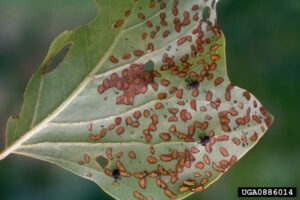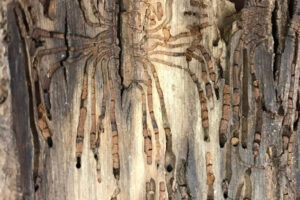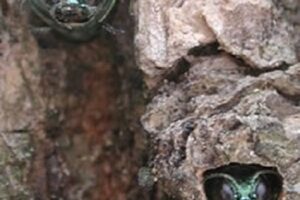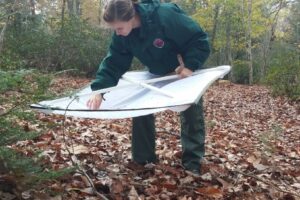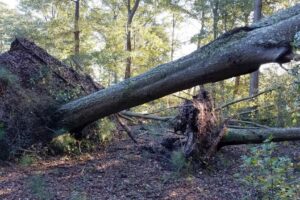Field Notes: Yellow-Poplar Weevil Makes Presence Known in Southwest Virginia
July 23, 2019 - by DOF Forest Health Program Manager Lori Chamberlin The yellow-poplar weevil has made its presence known again in southwest Virginia. This native insect generally causes very little damage, but the population increased enough this summer to have a noticeable impact on yellow-poplars in the southwest part of the state. The weevils are black and small, only about 1/8th of an inch long. Since this pest is a weevil, it has... Read More

